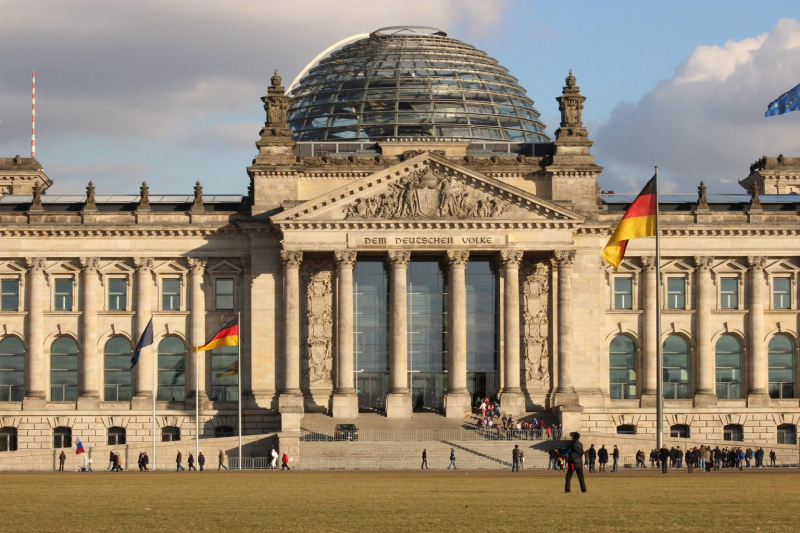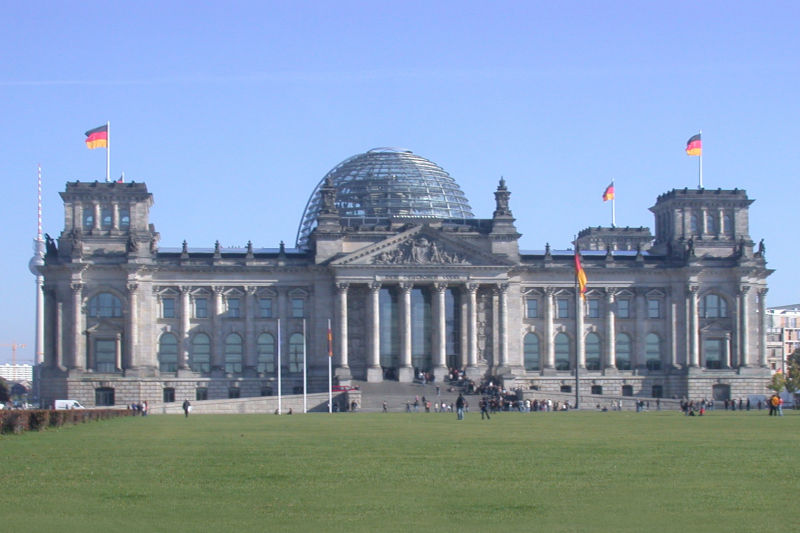Reichstag

From 1933 until 1945, the Reichstag, formally known as the Großdeutscher Reichstag (or "Greater-German Reichstag"), served as Nazi Germany's parliament. It acted as a rubber stamp parliament in essence. It was primarily intended to serve as a rubber stamp for the decisions made by Adolf Hitler's dictatorship — always by unanimous approval — and to hear Hitler's speeches after the Nazi takeover of power and the passing of the Enabling Act of 1933. The Reichstag only met 20 times in this strictly ceremonial capacity, with the final meeting being on April 26, 1942. Hermann Göring presided over the Reichstag at this time.
Due to the frequent singing of the national anthem during sessions, the Reichstag was at times mockingly referred to by the German people as the "teuerste Gesangsverein Deutschlands" (the costliest singing club in Germany). Hitler extended the tenure of the existing Reichstag (elected in late 1938 to serve in 1939–1943) to serve an extraordinary eight-year term to finish on January 30, 1947, in 1943 in order to avoid conducting regular elections during World War II.
The environmental sculptors Christo and Jeanne-Claude covered the structure in more than one million square feet (more than 90,000 square meters) of silver cloth in June 1995, turning it into the center of attention for the art world. The installation, which was considered one of Christo and Jeanne-most Claude's ambitious works, was seen by more than five million people.
Location: Berlin, Germany
















